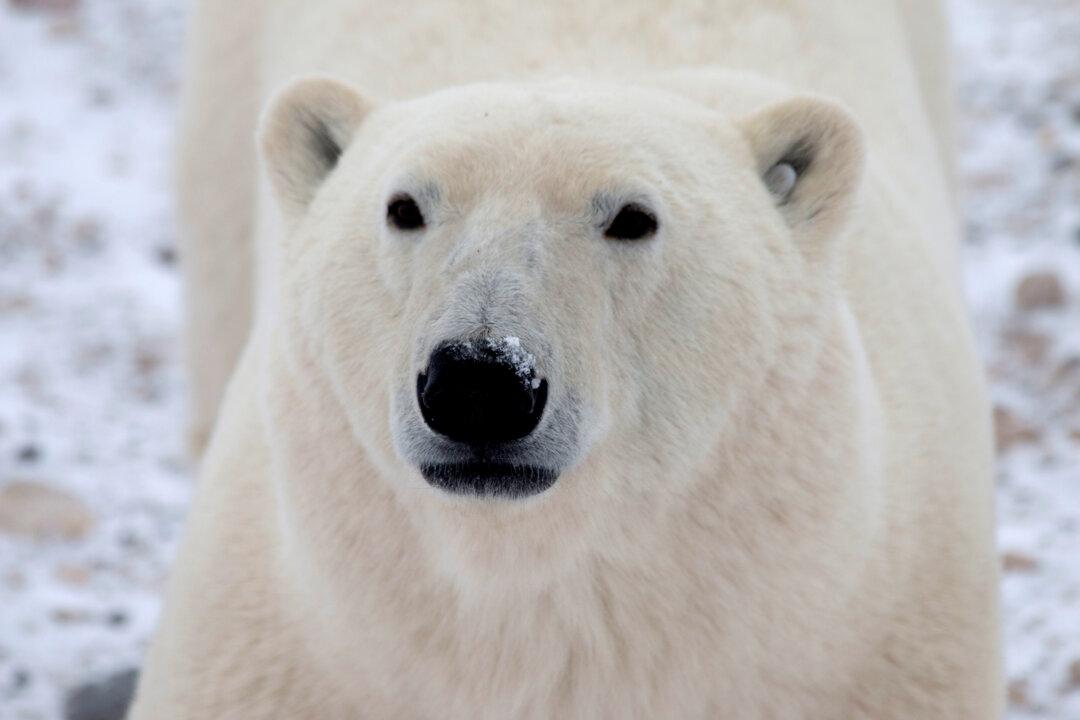A polar bear treating a Northern Ontario First Nation as its hunting ground was put down by police and local hunters after they determined it could be stalking area children.
Members of the Nishnawbe Aski Police Service received a call earlier this month about a polar bear exhibiting “abnormal behaviours” in Weenusk First Nation, a remote community in Peawanuck, police said in a March 27 press release.





